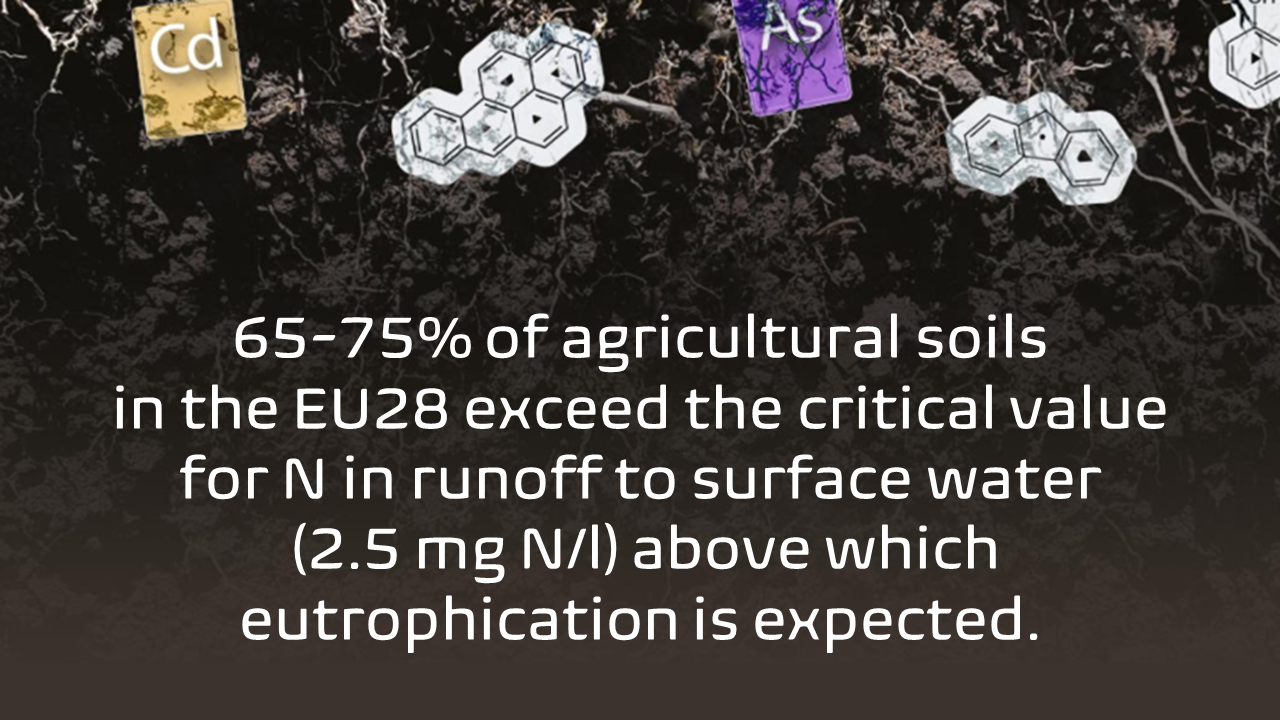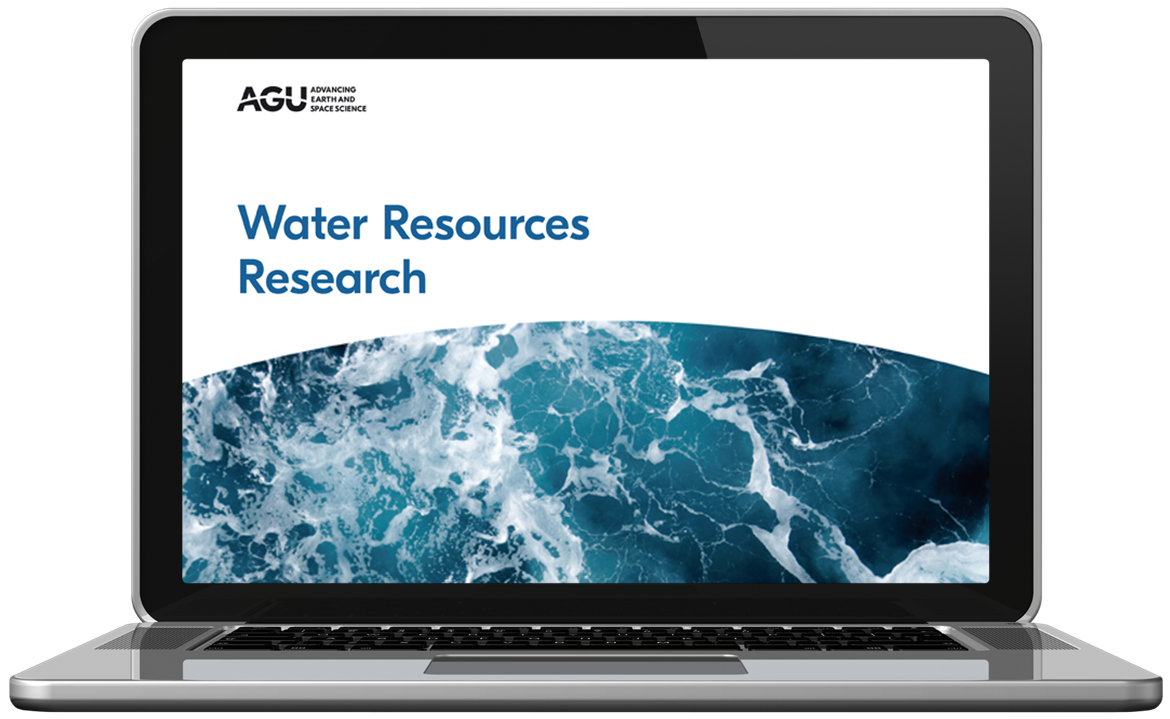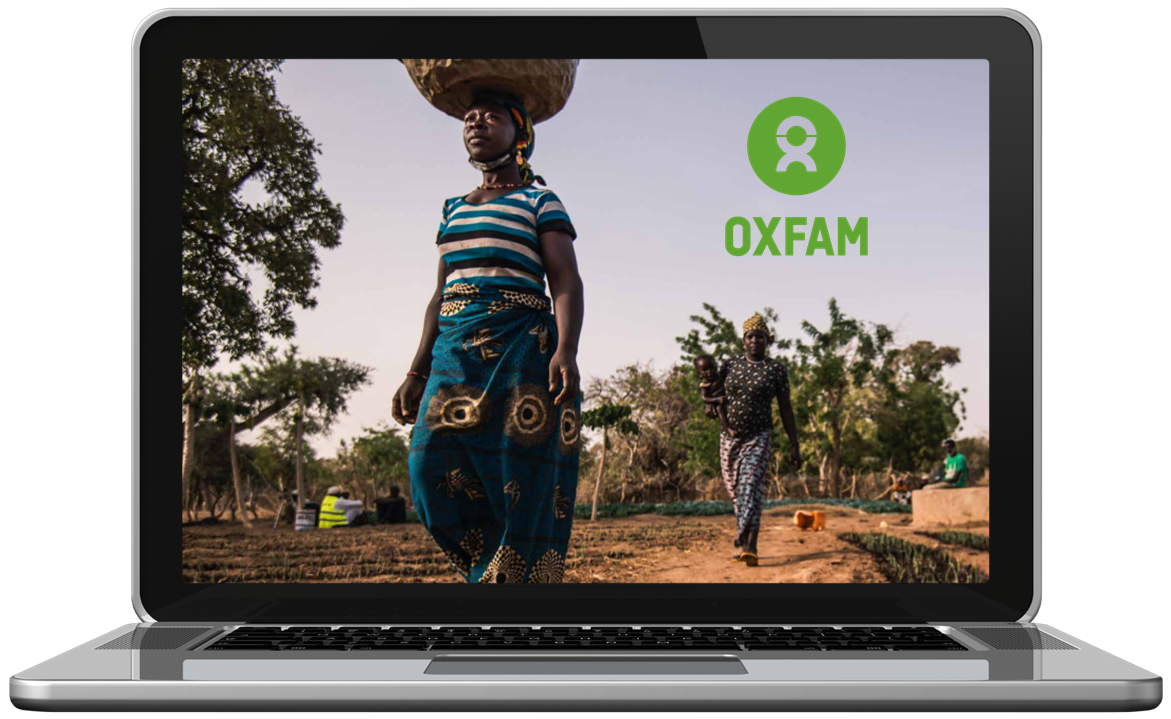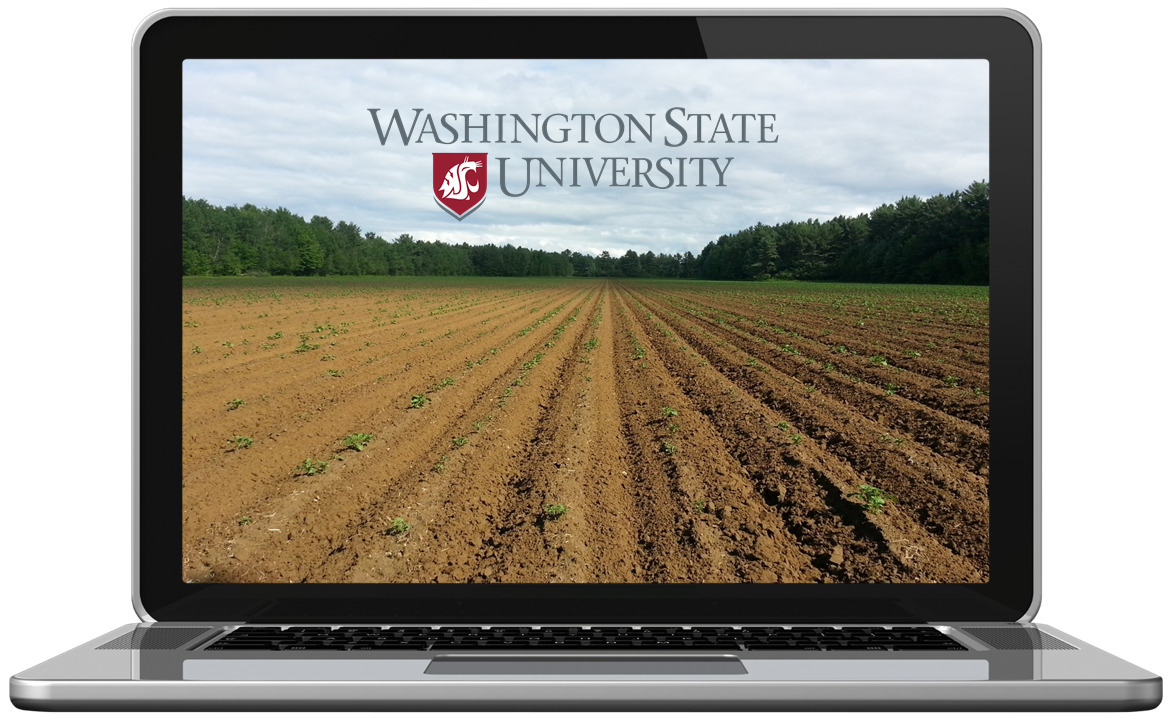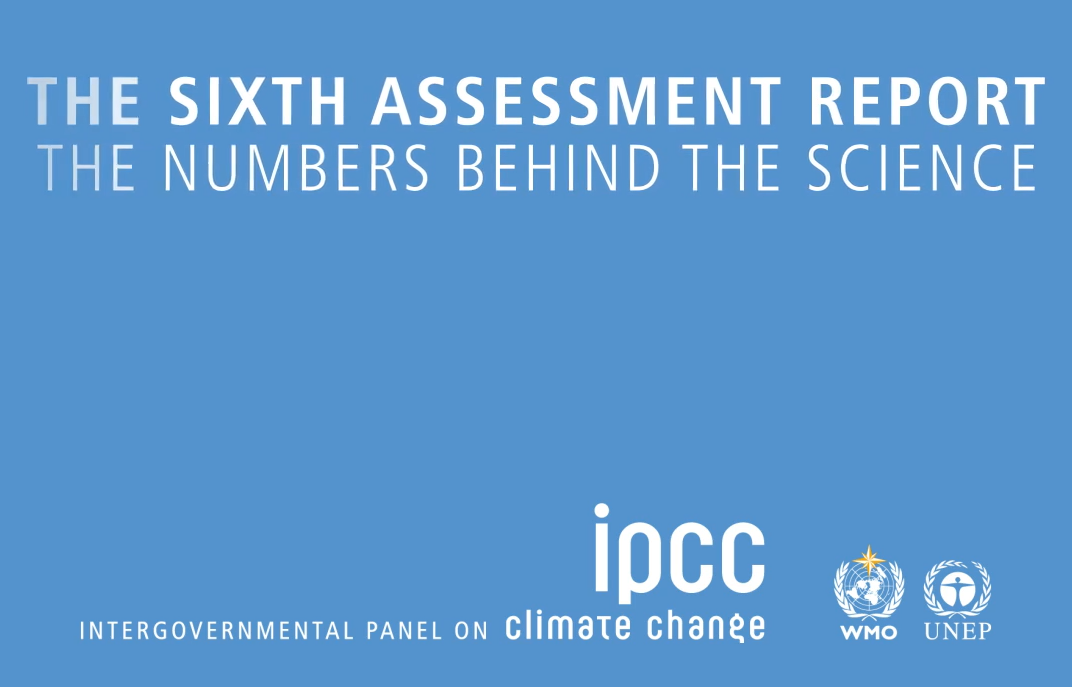 The much-awaited Sixth Assessment Report (AR-6) of the Inter-governmental Panel on Climate Change (IPCC) was released on August 6th. This report warns that within the next years increasingly extreme weather phenomena will occur, and that the key temperature limit will be broken in just over a decade. The strength of scientific certainty the AR-6 carries about climate change means that action on reducing emissions must be accelerated.
The much-awaited Sixth Assessment Report (AR-6) of the Inter-governmental Panel on Climate Change (IPCC) was released on August 6th. This report warns that within the next years increasingly extreme weather phenomena will occur, and that the key temperature limit will be broken in just over a decade. The strength of scientific certainty the AR-6 carries about climate change means that action on reducing emissions must be accelerated.
Amongst the IPCC report key points are that Global surface temperature was 1.09oC higher in the decade between 2011-2020 than between 1850-1900, whilst the past five years have been the hottest on record since 1850. Additionally, the recent rate of sea level rise has nearly tripled compared with the period 1901-1971. Human influence is at 90% likely to be the main driver of the global retreat of glaciers and the decrease in Arctic sea-ice, since the 1990s.
It is also made clear that the warming we’ve experienced to date has caused changes to many of our planetary support systems that are irreversible on the timescales of centuries to millennia.
Compared with previous IPCC assessments, the focus of this report is mainly on solutions. It highlights links between nature and humans, including the impacts of climate change on ecosystems and biodiversity, human health, food and nutrition, and adaptation options and limits.
Greenhouse gas emissions have long been known to be rising. Nonetheless, AR-6 highlights the impacts of shorter-lived greenhouse gases, especially methane. More than half of total global emissions come from human activities. More specifically 40% of those come from agriculture, 35% from fossil fuels, and 20% from waste.
The causes of climate change and the role played by agriculture and methane are by now a scientific certainty and as such clear action to reduce food-related emissions is imminent. Regarding land use intact ecosystems must be protected and degraded landscapes must be restored. Regenerative practices across the farmed landscape need to be adopted, keeping carbon in the soil through no-till cultivation, planting trees and hedgerows that sequester carbon and improve habitats at the same time.
Localised changes in land use and farming have been found to attenuate the impacts of climate change, including producing localised cooling. It is therefore very important to take action locally in averting the global crisis and ensuring a resilient locale as much as possible. This includes tree planting, resilient farming, increasing natural habitats and suppress pollutants that affect the local atmosphere.
This report is the first in a series as part of the IPCC’s sixth assessment on climate change. Upcoming reports expected to be issued in early 2022 will examine adaptation solutions to these impacts to prevent the occurrence of catastrophic scenarios.
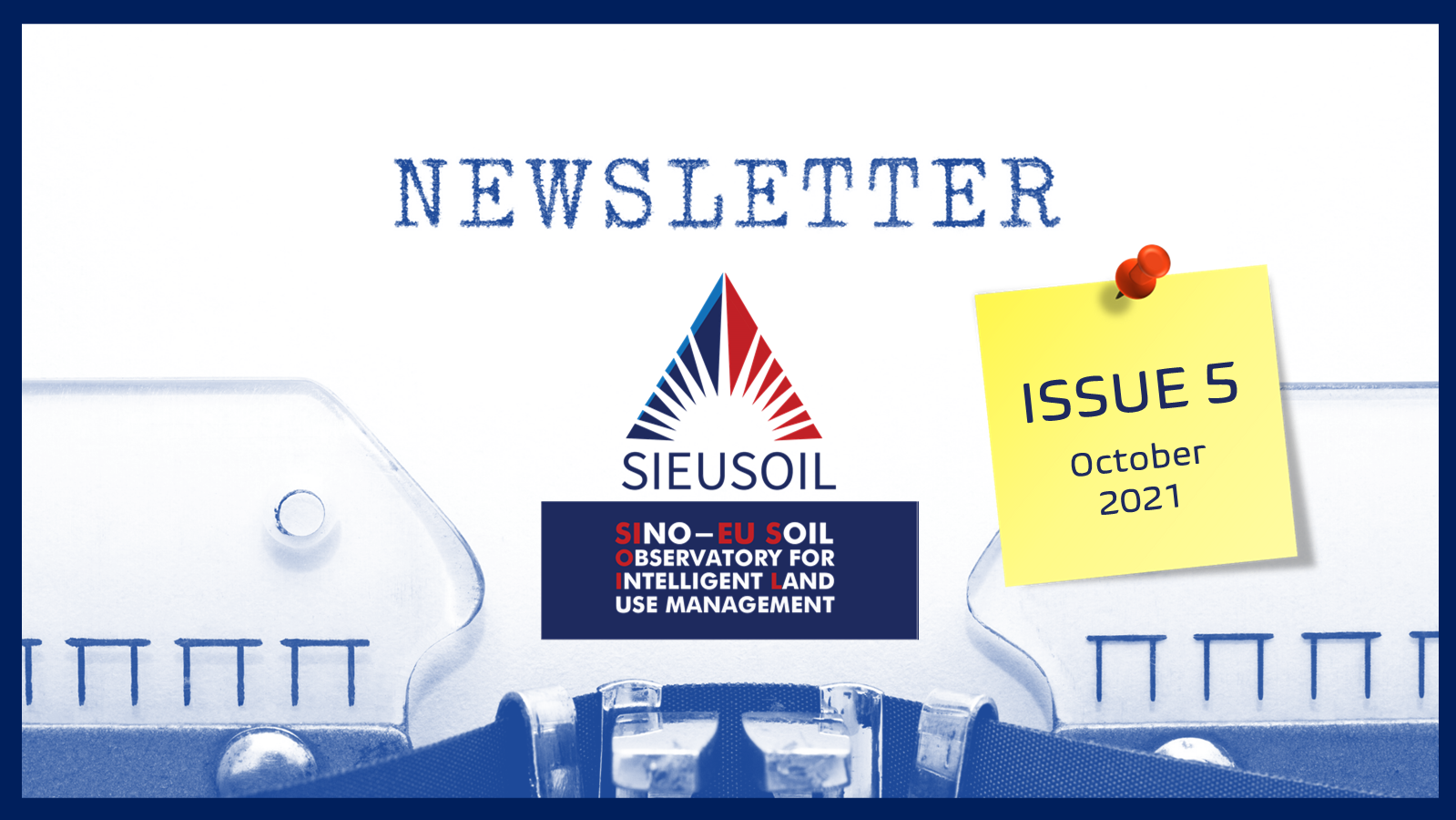 Welcome back to our 5th semi-annual newsletter!!!
Welcome back to our 5th semi-annual newsletter!!!

 SIEUSOIL partners are continuously publishing numerous articles in peer reviewed journals and international conferences, following the project’s progress and results.
SIEUSOIL partners are continuously publishing numerous articles in peer reviewed journals and international conferences, following the project’s progress and results.






